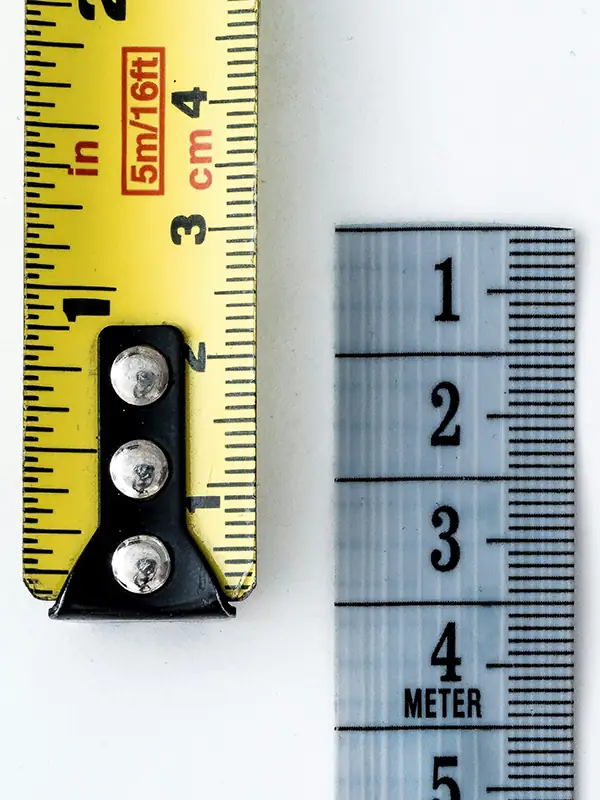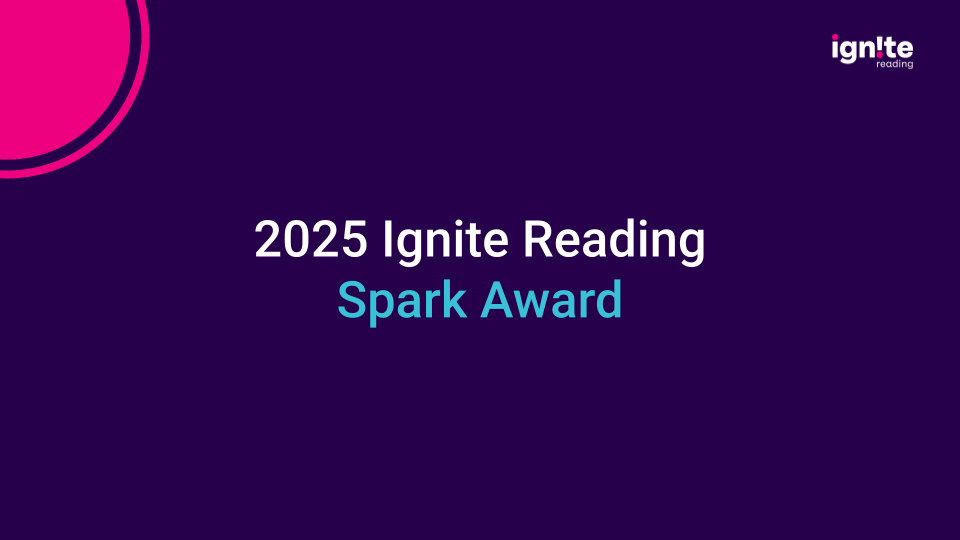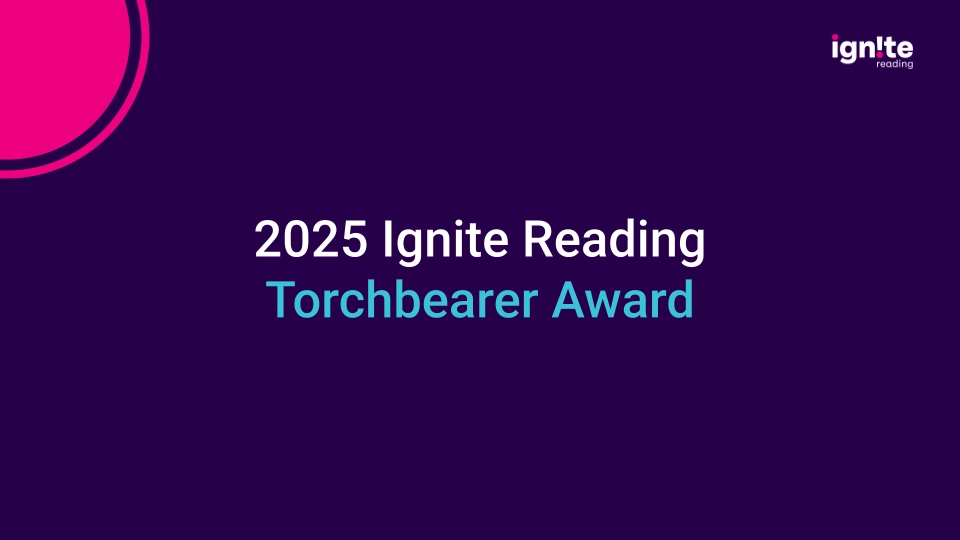Getting your district’s early literacy assessments right is one of those things that sounds simple on paper, but it can sometimes feel impossible in practice.
You’ve got dozens of assessment tools to choose from, a budget that’s already stretched thin, and little clarity about how to interpret various results. Meanwhile, everyone’s asking you to somehow turn your assessment data into a crystal-clear picture of what’s going on with early literacy outcomes in your district.
How do you cut through all that noise to find the assessment approach that’s going to work in your schools and help your students become better readers?
Let’s tackle some of the most common assessment pitfalls and explore actionable ways your district can avoid them.
Common Early Literacy Assessment Mistakes and How to Fix Them
Common Mistake 1: Only Using One Type of Assessment
Different literacy assessments measure different skills, and over-reliance on one type of assessment or one specific skill can create an unbalanced instructional program.
Decoding assessments that align with word recognition can provide wonderful data, for example, but that data shouldn’t come at the cost of ignoring the other critical parts of reading.
If kids start to spend disproportionate amounts of time on decoding instruction or miss core instructional time to remediate decoding, you’re only prioritizing one piece of the puzzle.
What to Do Instead
- Employ a complete assessment suite that includes a mix of screening assessments, diagnostic tools, and progress monitoring assessments that capture and value all of the essential components of reading (vocabulary, fluency, and comprehension).
- Choose Science of Reading-aligned tools that are validated for the specific age group and skills you’re assessing.
- Pick assessments that detect incremental progress toward mastery, rather than tools that only tell you whether mastery has been achieved. Whether you’re screening for risk, diagnosing specific needs, or monitoring intervention progress, you want tools that can show you exactly where students are in their development and track meaningful growth over time. Be wary of any assessment that only shows “proficient/not proficient” and those that test everything at once without breaking down the component skills.

Measuring Your Tools
Incremental progress assessments break reading skills into smaller component parts and track growth in each area throughout the year, rather than just testing for end-of-year mastery. These assessments have considered subskills that need to be mastered at different grade levels, at different parts of the year.
Common Mistake 2: Not Getting Teacher Buy-In
Even the best assessment tools won’t be helpful if teachers don’t find them useful or aren’t comfortable administering them.
If your beautifully validated assessment is only generating reports that sit in filing cabinets, it’s not the right one. Teacher buy-in and collective understanding of the assessments is crucial for effective use.
What to Do Instead
Make sure the teachers in your district find the assessment results helpful, trust the data, and can explain what the scores mean. Provide professional development and ongoing coaching to ensure teachers are well-versed and confident in the following:
- What each assessment measures and why it matters
- How to administer the assessment with fidelity
- How to interpret assessment results to inform instruction
Remember, the “best” assessment is one that produces actionable data that teachers can (and do) actually use.

Common Mistake 3: Not Building Structures to Support the Assessment Suite
You can use a gold standard assessment, but even that becomes useless if it’s not implemented well. If assessments aren’t given at regular intervals and under similar conditions, you risk unintentionally skewing the results.
To avoid this, you have to get to know your assessments and create the structures you need to ensure the most accurate results.
What to Do Instead
Examine your implementation fidelity. Are your reading assessments being administered consistently? Are scorers reliable? The key to valid data is doing your best to standardize your assessment conditions. Here are some must-dos to support your assessment suite:
- Administer assessments in an effective cadence, such as at the beginning, middle, and end of the school year or after each unit or term is completed.
- Make sure the assessment schedule includes time to dissect results, administer additional diagnostic assessments, and provide interventions.
- Set a cadence for regular review (progress monitoring) and a schedule for looking at that PM data and making decisions. One good way to do this is to establish a PM/Intervention Review Protocol in your PLC.
- Standardize assessment conditions by using consistent instructions and timing for assessments and minimizing distractions.
If you’ve built your systems and structures well, your end of year results won’t be a surprise. Through your progress monitoring reviews, you’ll be able to predict how many students will likely meet benchmarks and not.
If you are surprised by your EOY results, it’s time to dig for answers. What did you not catch beforehand that would have been an indicator?

Common Mistake 4: Getting Sold on Bells and Whistles
It’s easy to get drawn in by the promise of mountains of data or use of the latest technology. But more data doesn’t mean better data, and young learners (particularly those early readers in grades K-2) can easily get distracted by high-tech tools or use them improperly.
I remember proctoring test sessions in classrooms where some kids just click, click, clicked through the assessment. This kind of surface-level engagement is sure to skew results.
Plus, there’s real value in making sure you thoroughly understand how data is gathered and how to make sense of all of that data once you have it.
What to Do Instead
- Don’t rely solely on computer-based assessments for your literacy data. Teachers are often able to spot nuances that a computer might miss. For example, if a multilingual learner pronounces “yellow” so it sounds like “jello” because they’re applying their first language pronunciation patterns, a computer may mark this as incorrect, even though the child successfully decoded the word. A teacher can recognize that the student understands the letter-sound relationships and is simply applying their accent.
- Monitor students during assessments, both to ensure continued engagement and to address any confusion.
Ultimately, the goal of an assessment system is to improve student outcomes. If your current assessments aren’t leading to better reading instruction and improved student achievement, it’s time to reevaluate — even if they look perfect on paper.
Is That Computer-Based Literacy Assessment Doing Its Job?
Do the results match what you’re seeing in the classroom?
If a computer assessment tells you a student is proficient in decoding but they’re struggling with simple words during small groups, that’s a red flag about the algorithm.
Can you get meaningful details beyond just scores?
Look for assessments that at least show you which specific items or skill areas the student got right/wrong, not just an overall number.
Do the assessment results align with your other data sources
If your teacher observations and formative assessments tell one story, but the computer assessment tells another, trust your multiple data points.
Does the company provide clear documentation about what skills are being measured and how they weight different components?
Many computer based assessments do not share details about their algorithms or even exact student responses.
Common Mistake 5: Not Accounting for External Factors and Bias
A truly accurate picture of your literacy ecosystem includes every student. If your assessments don’t account for multilingual learners, learning differences, or other factors that can impact skills and performance, your results won’t be accurate or inclusive.
It’s important to remember who knows your students best — their teachers.
You also need to account for the relationship factor that comes into play when students are encountering unfamiliar adults vs. those teaching them each day or even on a regular basis.
The same student might shut down with a stranger administering an assessment but feel comfortable taking risks and showing what they know with their regular teacher.
Students might even “show up” better with their teacher assessing their skills — especially in a 1:1 assessment — because they want to make their teacher proud and try their hardest.
What to Do Instead
Make sure teachers are playing a central role in the assessment process so they can help rule out confounding factors like whether the student was distracted, had a bad day, or didn’t understand the directions.
Teachers should be administering one-on-one assessments when possible. When it comes to administering whole class assessments:
- Teachers should be present and actively monitoring (not just proctoring from across the room).
- They should be able to observe student behavior, engagement, and any signs of confusion.
After assessments are administered, teachers should review results alongside other data they have about the student. This allows them to:
- Flag when results don’t align with classroom performance (e.g., “This says Johnny can’t decode CVC words, but I just watched him read a whole book with them.”)
- Provide context about external factors (e.g., “Maria was upset about missing recess,” or “This was right after a fire drill.”)

Partner Value
Rather than being “test givers,” treat teachers as what they are: Assessment partners. They’re the experts there to ensure the data actually represents what the student knows and can do.
Additionally, assessments must be fair across racial, linguistic, and socioeconomic lines. To determine this:
- Evaluate tools for inherent biases in content or language
- Choose assessments that are accessible to students with different abilities and learning preferences
- Ensure materials, technology, and support services are equitably distributed across student populations
Literacy Assessment Data: Why It Matters
Chances are you’re swimming in data these days, and everyone needs you to produce numbers. Parents want to know your district’s college acceptance rates are rising, the school board is screaming for per-student spending breakdowns, and the state wants that report on IEP goal attainment ASAP.
Sound familiar?
Adding a pile of literacy assessment data to the mix can feel like you’re being hit by another wave when you’re already drowning. Does your district really need to dig this deep?
Consider this: When students aren’t reading proficiently by the end of 1st grade, everything else that keeps educators up at night becomes exponentially harder and more expensive to fix.
High school graduation rates? College acceptances? Per-pupil spending? They can all be tied back to early literacy achievement.
The key to that achievement can be found in your early literacy data, and the right literacy assessments are like checking your GPS while you’re driving. They can tell you if you’re moving in the right direction.
Here’s what getting your literacy assessment data right will do for your district, your teachers, and your students:
- Prevent Misclassification — Accurate data helps minimize the rates of false positives (kids screening as proficient in reading skills when they are not) and false negatives (kids screening as having reading risk factors when they do not). This means your results will be reliable.
- Enable Timely and Targeted Reading Intervention — If students need support, they need it now. Accurate assessment data ensures they get the specific help they need as soon as it’s clear they need it.
- Make Differentiation and Goal Setting More Effective — With accurate diagnostic and progress monitoring, you can more easily set up targeted interventions for Tier 2 and Tier 3 readers, as well as measure whether those interventions are working to get students where they need to be.
- Inform Instruction — Accurate data makes it easy to see what your schools are doing well and which areas have room for improvement. Additionally, knowing which students and teachers need support can make it easier to determine where to allocate district resources.
Implementing the right literacy assessments will set you on the right path, but it’s important to remember this is just the first step. Continue to analyze your assessments and outcomes over time.
Are student reading outcomes improving?
Are you catching reading risk areas early enough?
Are interventions effective?
By investing in high-quality tools, supporting your educators, and building systems that focus on equity, targeted intervention, and timely action, you can take literacy assessments from being a confusing requirement to a powerful force for reading success.






